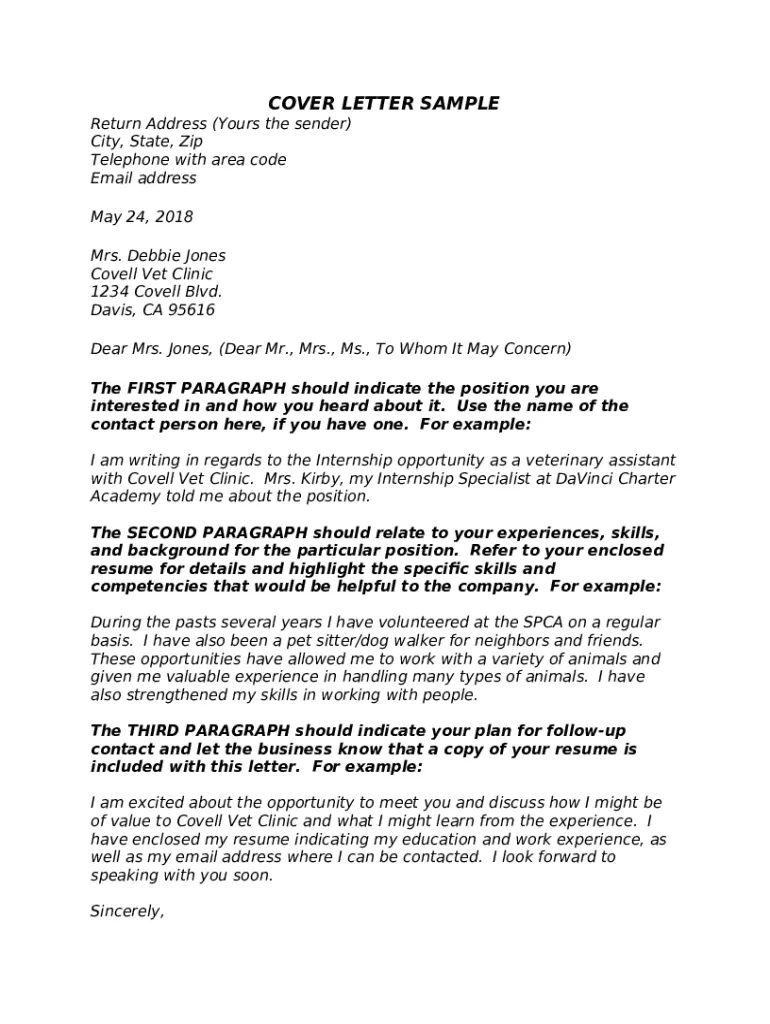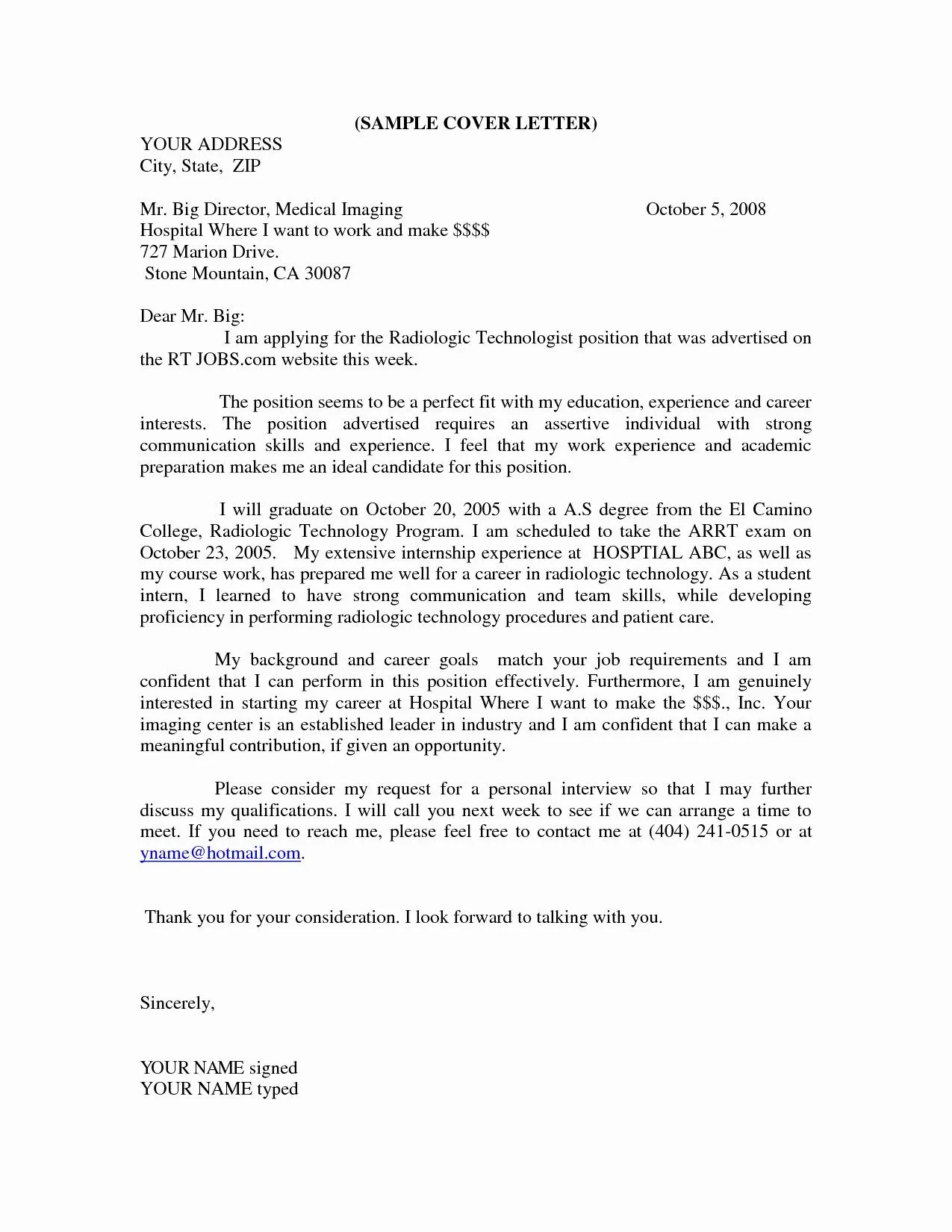Cover Letter Secrets to Impress
In the competitive world of job hunting, a well-crafted cover letter is your secret weapon. It’s your chance to make a memorable first impression and convince potential employers that you’re the perfect fit. This guide delves into seven crucial secrets that will elevate your cover letter from ordinary to extraordinary. By implementing these strategies, you’ll significantly increase your chances of landing an interview and ultimately, your dream job. Remember, a cover letter isn’t just a formality; it’s a powerful tool to showcase your personality, skills, and enthusiasm for the opportunity. Get ready to unlock the secrets to cover letter success!
Highlight Your Skills and Experience
One of the most important cover letter secrets is to effectively highlight your skills and experience. Don’t just list your past roles; connect your accomplishments to the specific requirements of the job. Quantify your achievements whenever possible. Instead of saying “Managed social media accounts,” say “Increased social media engagement by 30% in six months.” Use keywords from the job description to demonstrate that you have the skills they’re looking for. This targeted approach helps recruiters quickly see the value you bring to the table. Clearly articulate your relevant experience, and be specific about your contributions and the impact you made in previous positions. Focus on what makes you stand out and align it with the employer’s needs. By emphasizing how your skills match the job’s demands, you instantly become a more compelling candidate.
Tailor Your Cover Letter

Generic cover letters are a surefire way to end up in the rejection pile. The secret to success lies in personalization. Tailor each cover letter to the specific job and company. Research the company’s mission, values, and culture. Use this information to demonstrate why you are genuinely interested in the role and the organization. Address the hiring manager by name if possible, and show that you understand the company’s needs and challenges. Mention specific projects or aspects of the company that resonate with you. This level of detail shows that you’ve invested time and effort, making a strong case that you’re a good fit. When you take the time to tailor your cover letter, it shows that you’re serious about the opportunity and have a genuine interest in joining the company.
Research the Company
Before you begin writing, thoroughly research the company. Visit their website, read news articles, and check their social media profiles. Understanding the company’s values, goals, and recent projects will help you tailor your cover letter to resonate with the hiring manager. Identify key initiatives and how your skills and experience can contribute to their success. Mentioning specific company achievements or values in your letter demonstrates that you’ve done your homework and are genuinely interested in joining their team. This research allows you to craft a more personalized and compelling letter, showing that you are not just sending out generic applications but are truly interested in the opportunity.
Use Action Verbs
Action verbs breathe life into your cover letter. Instead of using passive language, use strong verbs to describe your accomplishments and responsibilities. Start each bullet point or sentence with an action verb to make your achievements more impactful and engaging. Examples include “Managed,” “Developed,” “Implemented,” “Led,” and “Increased.” Using action verbs makes your cover letter dynamic and highlights your proactive approach and the results you have achieved. This approach helps recruiters quickly understand your contributions and the value you bring to potential employers. When writing your cover letter, make sure you use action verbs to highlight your accomplishments and make your letter more compelling.
Show, Don’t Tell

Instead of simply stating your skills, demonstrate them through specific examples. For instance, instead of saying “I am a good communicator,” describe a situation where you effectively communicated a complex idea to a team. Provide evidence of your skills by sharing specific achievements and the positive outcomes they produced. Use the STAR method (Situation, Task, Action, Result) to structure your examples. This approach transforms your cover letter into a compelling narrative that showcases your capabilities. Providing concrete examples makes your claims more credible and shows the recruiter that you are not just claiming to possess certain skills but have successfully applied them in real-world situations.
Proofread Carefully
Typos and grammatical errors can undermine your credibility and send the wrong message to potential employers. Proofread your cover letter meticulously before submitting it. Use spell-check and grammar-check tools, but also have a fresh pair of eyes review your document. Errors can make you appear careless and unprofessional, so taking the time to proofread is crucial. Check for consistency in formatting, and make sure your contact information is accurate. A polished cover letter demonstrates attention to detail and respect for the opportunity. Careful proofreading helps you make a positive first impression and significantly improves your chances of success.
Follow Up Appropriately
After submitting your cover letter and resume, follow up appropriately. Send a brief, polite email a week or two after the application deadline to inquire about the status of your application. This shows your continued interest and initiative. Avoid being overly persistent, but a well-timed follow-up can keep you top of mind. When you follow up, reiterate your interest in the role and briefly highlight your key qualifications. If you haven’t heard back within a reasonable timeframe, consider sending a second follow-up or reaching out via LinkedIn. Following up demonstrates your enthusiasm and professionalism, increasing your chances of getting noticed and moving forward in the hiring process.
